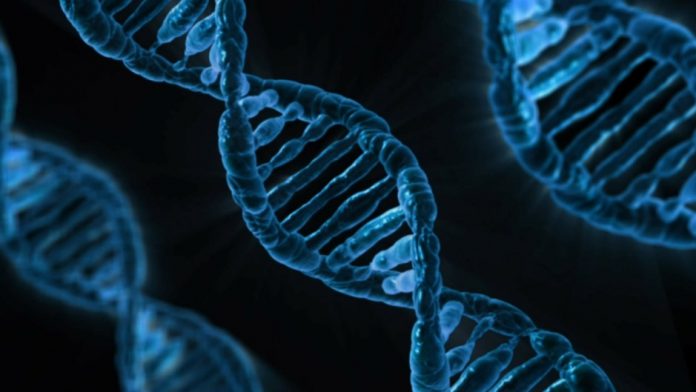Imagine waking up in the morning with a huge fever. You pop a Tylenol, but you’re just not feeling any better. Finally, you decide to go see a doctor. The doctor asks you a series of questions and then…
A) gives you a requisition form for a blood test. You go to the analytical lab and spend an hour in the waiting room. They take a blood sample and tell you that your doctor will call you in about a week with the results. A week later, you get a call from your doctor to book an appointment to discuss the results. You manage to get in the next day where the doctor informs you that the test was positive and gives you a prescription.
B) pricks your finger and puts a drop of blood onto a device hooked up to a computer. Within minutes, the results of the test are on the screen. The doctor gives you a prescription.
Scenario B sounds much easier, doesn’t it? Researchers at the University of Montreal’s Laboratory of Biosensors and Nanomachines want to make it happen. They have developed a sensor that can detect molecules from blood samples in minutes using DNA and electricity. The results were published last week in the Journal of the American Chemical Society.
A DNA-based sensor
We’ve all seen a picture of the DNA double-helix. It’s made up of two strands that twist around each other. Prof. Alexis Vallée-Bélisle attached one of these strands to the surface of an electrode; let’s call this the capture strand. The other strand, the signal strand, is mixed into your blood sample. The key is that the signal strand is made to recognize a certain protein, like an antibody that’s generated in response to a viral infection, for example. If that antibody is not in your blood, the signal strand binds to the capture strand, generating a current that we can measure. If the antibody is there, it binds to the signal strand, making it bulky so it can’t bind to the capture strand. No binding, no current. It’s like trying to get through a crowd while wearing a puffy winter coat (this is Canada after all) – there’s just no room.
Low cost, point-of-care diagnostics
These sensors can theoretically detect any antibody, up to twelve at once, in minutes! They are also cheap to make and easy to use; especially important for disease detection in developing countries where access to analytical labs is very limited. Remember Prof. John Brennan’s interview about his work on inkjet-printed paper-based diagnostics? Same goal.
Electrochemical sensors are already used in blood sugar monitors for diabetics and in breathalyzers; research turned into reality. Prof. Vallée-Bélisle wants to make rapid, low-cost, point-of-care disease detection just as common!








































